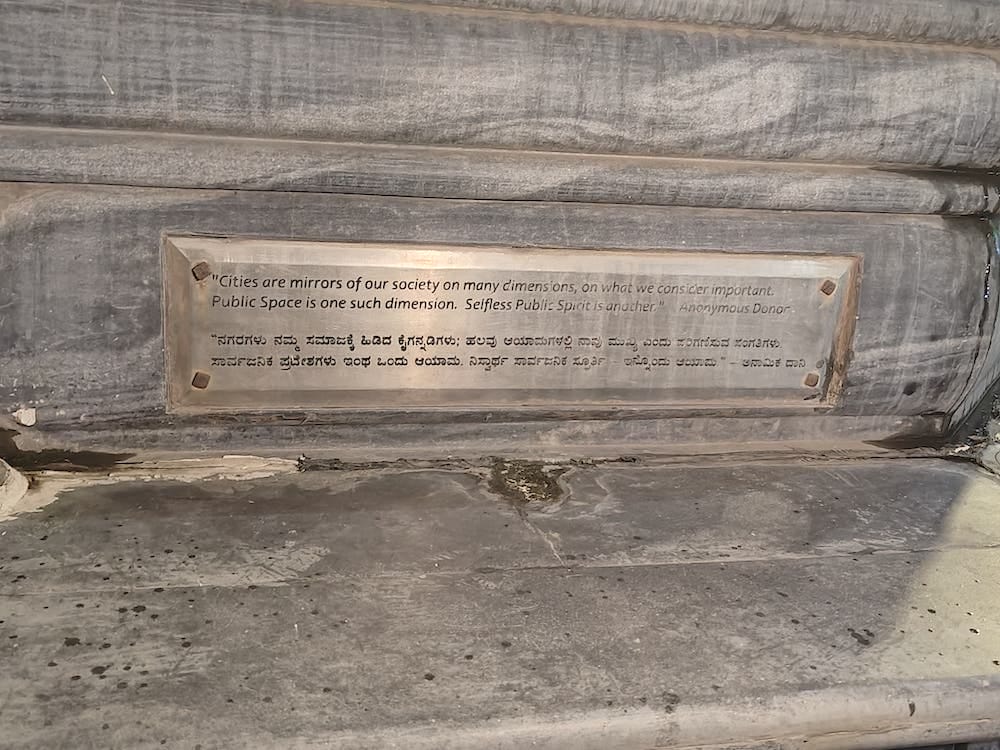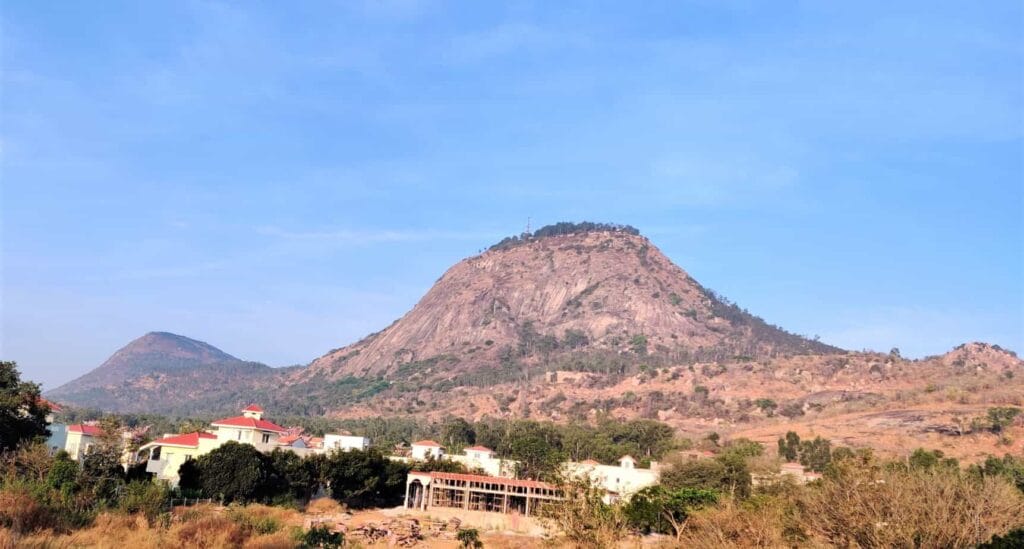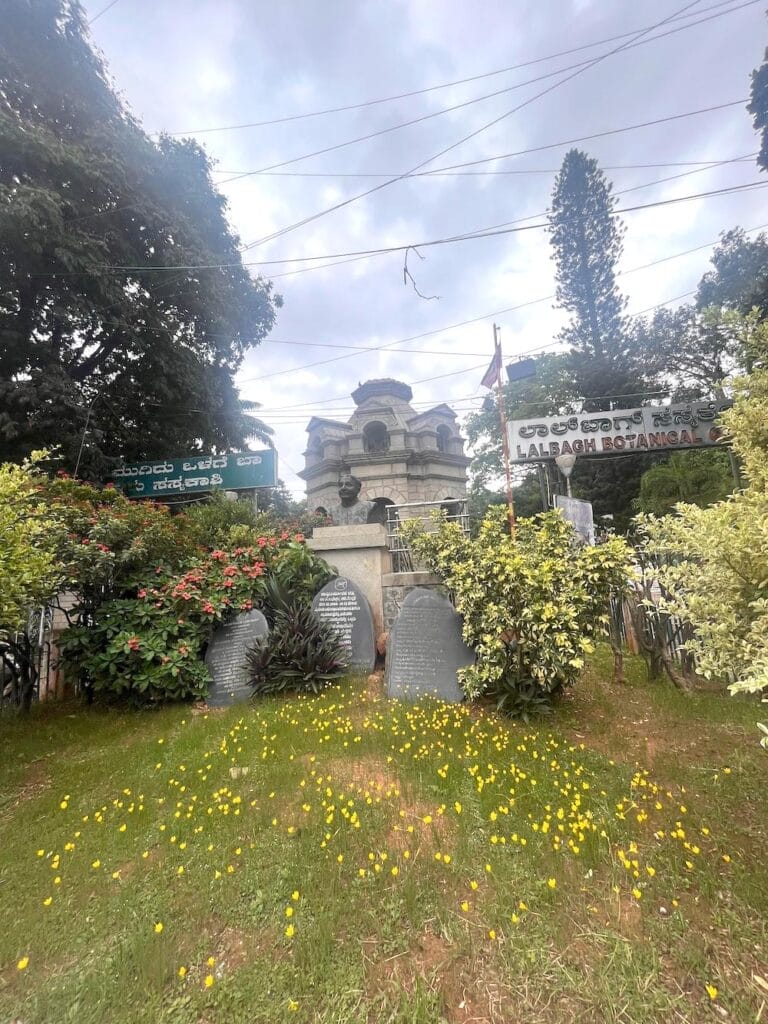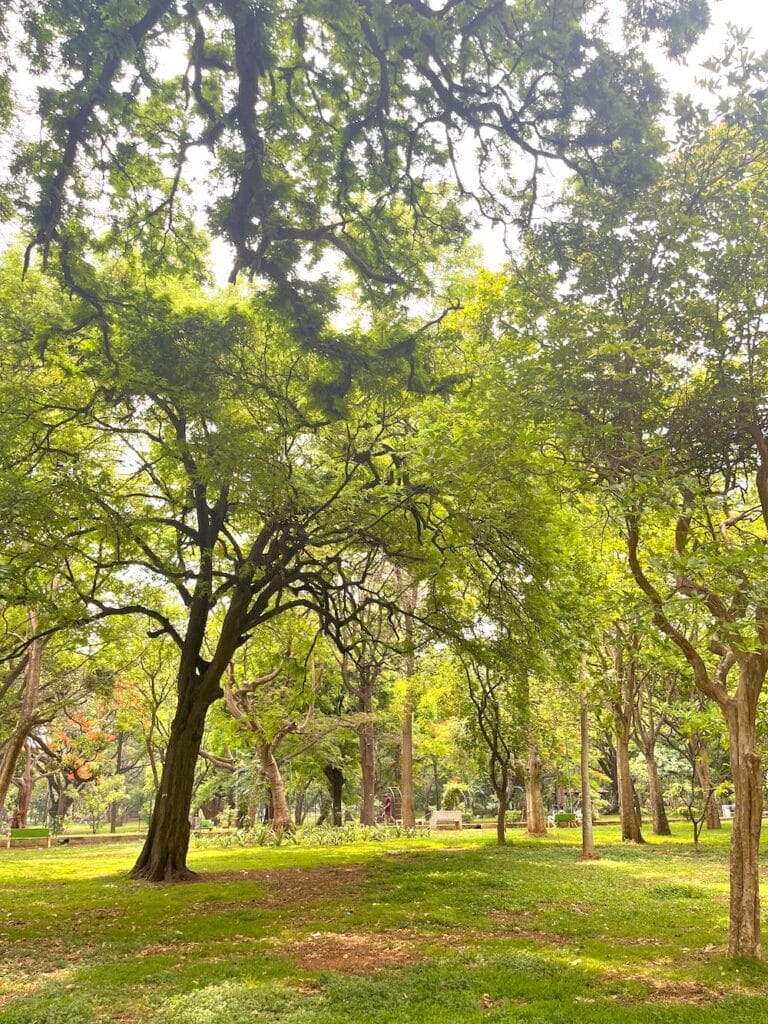Amidst the chaos and controversy that has rocked the Karnataka Legislative Assembly, six bills were passed without any discussion. One such Bill was the Government Parks (Preservation) Amendment Bill, 2024, passed to “ease” the implementation of the ropeway project at Nandi Hills.
What the Bill mentions
- Amendment of section 5: In the Karnataka Government Parks (Preservation) Act, 1975 (Karnataka Act 23 of 1975) in section 5, after clause (f), the following shall be inserted namely:-
- “(g) two acres of land in survey no.3 at Nandi Hills for the purpose of Upper Terminal Point (UTP) under Nandi Hills Ropeway Project on Public Private Partnership model for a period of 30 years. The boundary details as below:
- North – Vehicle Parking Area
- South – Hill slope adjacent to Arkavathi river birth place
- East – Second for wall
- West – First fort wall
- Amending Section 5 of the Karnataka Government Parks (Preservation) Act, 1975

Contentions
The Bill makes way to provide two acres of land for the development of the Upper Terminal Point under the Nandi Hills ropeway project by way of a public private partnership for a period of 30 years. This amendment comes in the backdrop of the very contentious Section 5 of the Karnataka Government Parks (Preservation) Act, 1975 (“KGP Act, 1975”) that allows the State Government to alienate land earmarked for public parks in the State. This section was added as an exception to Section 4, which prohibits the alienation of land earmarked for public parks in the State. It is also pertinent to note that the KGP Act, 1975, is the legislation responsible for all green spaces under the control of the Department of Horticulture, Government of Karnataka.
The botanical garden at Nandi Hills was developed just over a decade ago.

Read more: “The ropeway to Nandi Hills is a terrible idea”
Alienation of land for other activities: Trends in Karnataka
The KGP Act, 1975 was enacted to protect government parks and prohibit alienation of any portion of ‘park land.’ To enable this intent, Section 4 of the Act states that no land that is earmarked as a park under the law will be alienated.
Editor’s note: Alienation is a legal term. The Act of 1975 itself, as well as section 4, uses it in statements of objects and reasons. It is also a widely used term in the property law regime.
However, in 1976, the Act was amended to enable the construction of Veera Soudha, a memorial for freedom fighters to commemorate the freedom struggle, in the Lalbagh Botanical Gardens. This proposal, which was met with public backlash, eventually led to the withdrawal of the Act’s amendment in 1982, with the Department of Horticulture admitting to the reversal on account of public opposition. It was eventually built in Belagavi and was declared a monument of importance during the term of Chief Minister Gundu Rao.

In fact, several MLAs who opposed the proposal said that the problem was not the proposal of Veera Soudha itself, but the fact that it was being built on park land. One in particular, H Gangadharan, stated “the problem was not about Veera Soudha, but that the population of Bengaluru has increased to over thirty lakhs. Bengaluru has no space to breathe. Huge buildings are being erected inside huge parks. We have given away space to concrete buildings without giving space for open spaces. It affects public health. We have to save public parks. We can always look for an alternate location to build Veera Soudha.”
Although Veera Soudha was not built in Lalbagh, after the above motion was passed the Act saw various amendments over the years that made way for different kinds of alienation.
In 2011, the Act was amended stating that “it is considered necessary” to amend the Act “to provide parking space for vehicles of advocates and visitors to Cubbon Park.” Such an amendment exposes the automobile centric-urban planning that governments have time and again adopted instead of protecting urban green spaces.
In another instance, when the Bruhat Bengaluru Mahanagara Palike (BBMP) and the Directorate of Urban Land Transport (DULT) passed a resolution to keep vehicles from moving through the road inside Cubbon Park, the State Government submitted to the court that it “cannot be avoided”, thus exposing the car-centric nature of our city governance.

Read more: Do rules protect Bengaluru’s parks or restrict citizens’ freedom?
Alienation: How it leads to less green spaces
The debates at the Karnataka Legislative Assembly reveal that the intent was always to protect green spaces in order to make peace with an urbanising Karnataka. An important point to note is that the concerns of urbanisation, concretisation and loss of green spaces that were raised by an MLA from the 1980s are increasingly relevant even today.
A matter of even more concern is the passing of the latest amendment to the Act, shrinking green spaces, without assembly discussions or consultations with citizens, civil society organisations, experts and most of all, impacted communities on the ramifications of such an amendment.
The problem begins with the wording of Section 5 itself. The section allows the State Government to alienate land subject to “such conditions and restrictions” as it may impose as regards “construction, maintenance, management use and like matters” allowing the State Government to exercise this power, without adequate checks and balances.
The section neither sets down clear instances where such an alienation may occur nor lays down limitations on such alienation, thereby giving the State Government unlimited power to carry out activities that are detrimental not just to the development of the city, but also is in contravention to the intent and purpose of the Act.
The intent is to reduce travel time to Nandi hills and to boost tourism at the expense of sacrificing green spaces. This very prioritisation and focus on a unidimensional view of ‘infrastructure development’ has far reaching implications not just on the use of the space but also reveals how green infrastructure is simply reduced to a space, easily controlled and diverted by the government for other purposes.
The intent of having legislation-backed protection is to ensure that alienation becomes difficult and protection becomes a mandate. However, if legislative assent is easy to obtain and occurs with no deliberation, the legislation-backed protection offers no value. Maybe, it is also time to revisit the KGP Act, 1975 itself, in this backdrop of rapid urbanisation and the reduction of green spaces.
Destruction of nature is not development. Enough irreplaceable damage has been perpetrated by short-sighted plans and projects in the name of ‘public interest’. This is unacceptable from all counts. One grown up tree supplies oxygen for 134 years. This source of an enormous supply of oxygen that belongs to the future generation should not be destroyed in minutes. I suggest that nearly 100 acres of lung space in Gandhinagar leased, year on year, to Bangalore Turf Club as also huge land space with in CBD for Golf Club are serving a minuscule of select people and also emitting huge amount of heat in CBD. Cancel leases of these playgrounds of punters to some select place a few kilometers away from Bengaluru demography and create organic forests for supplying life giving oxygen to future generations. Those punters of these games can go where these play grounds are shifted.
Government of Karnataka / CMs have been blowing hot and cold about this very important lung space and orders are cancelled by bargaining for some membership of select few for BTC/Golft Club. This is also unacceptable. Public memory is short and politicians memories are shortest. Such shifting will be a matter of life and death to future generations. A small portion of space of race course towards Seshadri road in Gandhinagar may be used for constructing an underground parking space for CBD business and the rest developed into an organic forest area with verdant oxygen supplying trees.
-Vasanthkumar Mysoremath, Environmentalist.